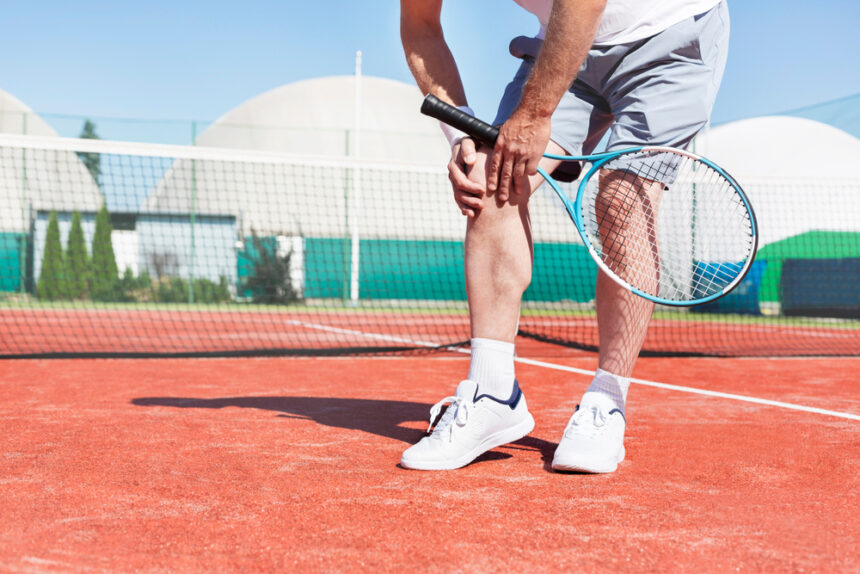Most athletes will sustain an injury if they compete for long enough. Ranging from minor to major injuries, it’s important for athletes, coaches and parents to know how to manage injuries. Here’s a general guideline on how to properly recover from them.
An Accurate Diagnosis
Having an accurate diagnosis is essential for successful recovery. Treating an ankle fracture as a sprain will delay recovery, and could cause more damage if an athlete returns to competition prematurely. Missing a concussion diagnosis can have serious long-term ramifications. Even something as benign as a jammed finger should be properly identified.
The most minor injuries might be adequately assessed by players or coaches. Many basketball players know what jammed fingers feel like, and lacrosse players know the stages that bruises progress through. Only the most minor injuries ought to be assessed by players and coaches, however.
A qualified medical professional should be consulted anytime something more than a bump or bruise is suspected. Missing a diagnosis can be worse than the initial injury in some cases.
As a rule of thumb, athletes can consult sports trainers, primary care physicians, and orthopedists/sports medicine specialists in that order. Each of these levels of providers can adequately assess and treat certain injuries, and each provider will know when a higher level of care is needed. They’ll refer athletes to the next provider when necessary.
The RICE Treatment
The most common treatment for sports injuries is the well-known acronym RICE. The acronym stands for:
- Rest: Rest the injured area to eliminate any further stress until healed. Resting includes not competing, and not using the injured area extensively during day-to-day life.
- Ice: Ice the injured area to reduce swelling and numb against pain. Ice is often applied in regular intervals, putting ice on and off for a period.
- Compression: Compression further helps reduce swelling, and it may be comforting for certain injuries. Many over-the-counter sleeves and wraps are available for compression.
- Elevation: Elevating the injury until swelling subsides will reduce how much blood pools in the injured area. This keeps excess blood from causing swelling to worsen.
Protect When Returning
Whenever an athlete returns to competition or practice, it’s important to protect the injured area. Protection may involve taping, wrapping, or putting a guard on the area. Protection is especially important if an athlete hasn’t fully recovered but is suitable for play. Athletes should still protect themselves if they’ve recovered but are just returning to play, and some injuries will require protection for the rest of an athlete’s career.
See an Orthopedist
For the most serious injuries, see an orthopedic surgeon who specializes in sports medicine. A knowledgeable orthopedist will have the expertise to diagnose and treat even the most severe sports injuries. To schedule a consultation with an orthopedic surgeon, contact us at Huntington Orthopedics.
Image 1: Shutterstock 2143825047
Image 2: Shutterstock 617877098
Image 3: Shutterstock 1067441942


